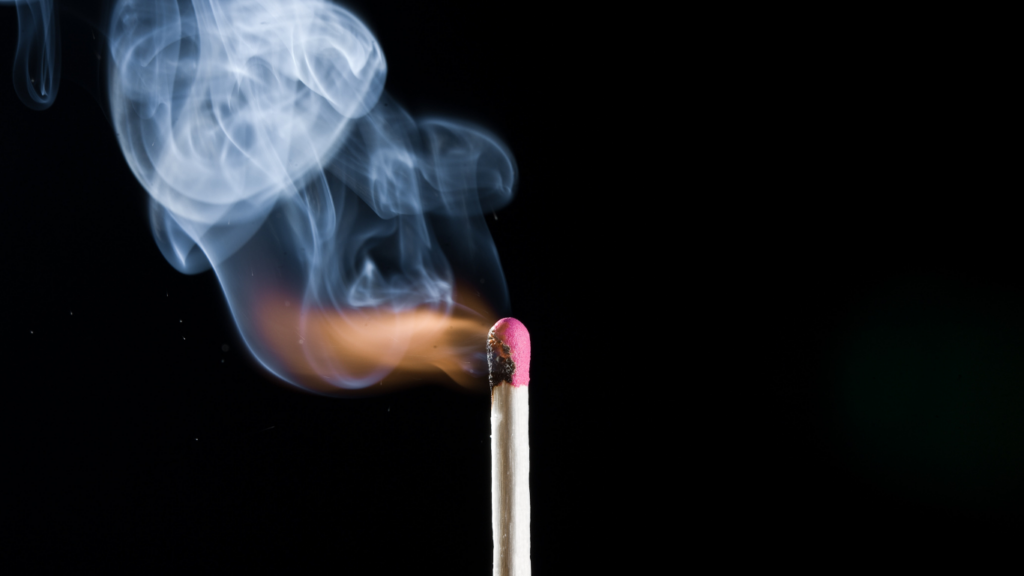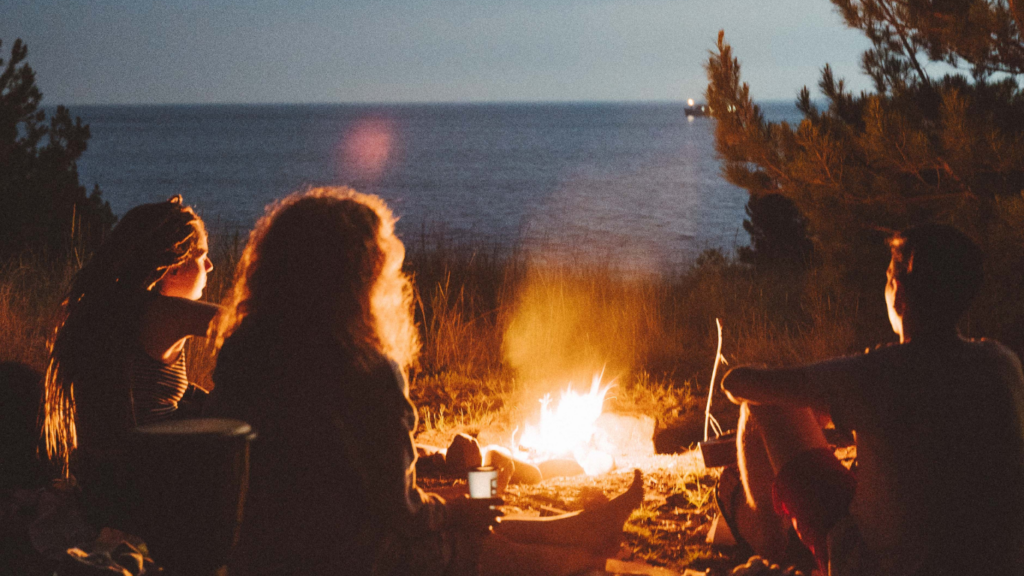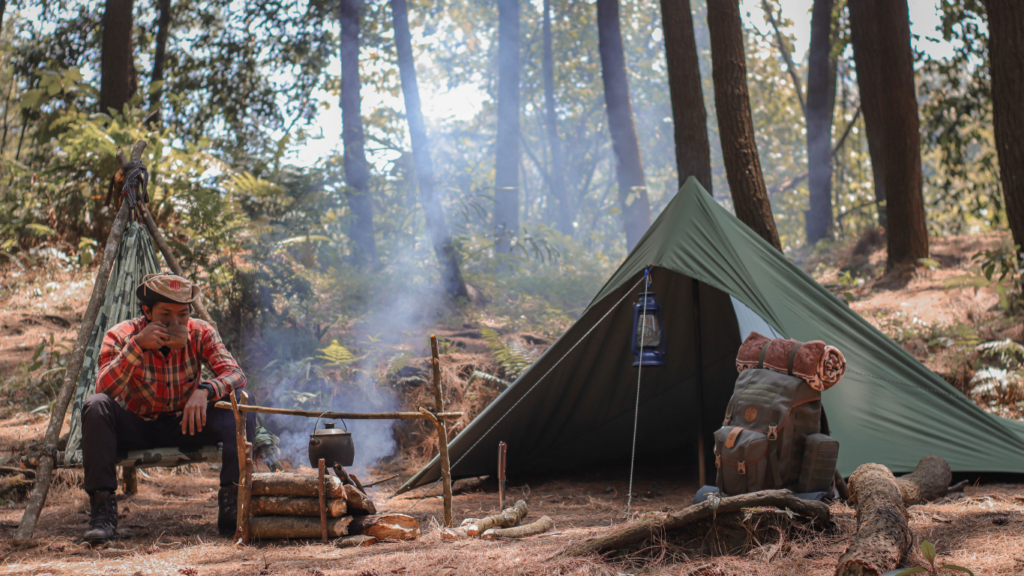The Importance of Knowing Fire Starting Techniques
Understanding fire starting techniques is essential for survival. Fires provide warmth, cook food, purify water, and signal rescuers. Mastering these skills can be life-saving in critical moments.
Warmth and Comfort
Fires offer necessary heat, especially in cold environments. Hypothermia risks decrease when you can maintain body temperature. In camping situations, a fire boosts morale and provides a sense of safety.
Cooking and Nutrition
Fire allows for cooking meals that are both nutritious and safe. Consuming uncooked food carries the risk of foodborne illnesses. Boiling water makes it safe to drink by killing pathogens.
Water Purification
Fire helps purify water. Boiling water kills harmful bacteria and viruses, making it safe for consumption. In emergency scenarios, clean drinking water is crucial for hydration and overall health.
Signaling for Rescue
Fires serve as an effective signal for rescue operations. Smoke columns are visible from far distances, drawing attention from rescuers. At night, the light from a fire is easily noticeable in dark surroundings.
Protection from Predators
A fire deters wild animals, providing a layer of protection. Many predators avoid fire due to the heat and light. Safe, undisturbed sleep is possible when a fire is maintained at the campsite.
Preventing Insect Bites
Fire’s smoke keeps insects at bay. Effective in repelling mosquitoes and other pests, which helps prevent bites and diseases. Maintaining a smoky fire ensures a pest-free environment.
Building and Maintaining the Skill
Practicing fire starting techniques prepares you for real-life situations. Regular practice improves confidence and competence. Training in various conditions like rain, wind, or limited resources ensures readiness for any scenario.
Understanding these aspects highlights why knowing fire starting techniques is vital. The advantages range from survival basics to maintaining health and signaling for help.
Basic Fire Starting Methods
Knowing basic fire starting methods can be a lifesaver in various survival situations. I outline essential techniques to ensure you’re prepared for any condition.
Friction-Based Techniques
Friction-based techniques involve rubbing materials together to generate heat and create an ember. To use the hand drill method, you’ll need a spindle, fireboard, and some dry tinder. Spin the spindle in the fireboard groove, letting the friction create a small ember. Once formed, transfer the ember to the tinder bundle and blow gently to ignite it.
Bow drill is another option that makes spinning easier. With a bow, spindle, bearing block, and fireboard, you can maintain constant pressure and speed. Hold the spindle in the fireboard notch and use the bow to spin it rapidly. The friction will form an ember, which you can then place in a tinder bundle to start your fire.
Spark-Based Techniques
Spark-based techniques use various tools to create sparks, igniting tinder. One common method is using a ferrocerium rod and striker. Scrape the striker down the rod rapidly to produce hot sparks. Direct these sparks onto your prepared tinder to start the fire.
Steel wool and battery make an alternative. Stretch out fine steel wool and touch it to both terminals of a 9V battery. The electrical current heats the strands, creating sparks. Ensure you transfer the sparks to your tinder bundle quickly to ignite it.
Solar Methods
Solar methods harness sunlight to start a fire. A magnifying glass is the simplest tool. Focus sunlight through the magnifying glass onto a small area of tinder until it begins to smoke and eventually catch fire.
A parabolic mirror can also concentrate sunlight. Position the mirror to focus the sun’s rays on your tinder. The intense heat will ignite the tinder, starting your fire.
Use these methods to master fire starting and ensure you’re always prepared for survival in any situation.
Starting a Fire in Wet Conditions

Starting a fire in wet conditions presents unique challenges, but it’s entirely possible with the right approach. Knowing specific techniques and materials significantly increases the chances of success.
Using Waterproof Materials
Waterproof materials like:
- fire starter cubes
- waterproof matches
- ferrocerium rods
perform well in wet conditions. Fire starter cubes ignite easily and burn for several minutes, providing ample time to ignite tinder. Waterproof matches ensure the match head stays dry even if submerged in water. Ferrocerium rods, when scraped with a steel striker, produce hot sparks to ignite dry tinder.
Creating a Fire Bed
A fire bed insulates the fire from damp ground, improving ignition success. Start by clearing a space and laying down a base of dry materials like small branches, bark, or leaves. Add a layer of larger sticks on top, creating a platform. The raised platform keeps the tinder and kindling dry, allowing you to build and maintain a fire in wet conditions.
Tools for Easy Fire Starting
Certain tools simplify fire starting significantly by reducing the effort and time required.
Fire Starters and Tinder
Fire starters and tinder materials make igniting a fire easy. I find that fire starter cubes, cotton balls soaked in petroleum jelly, and commercial fire starter sticks spark quickly and burn steadily. These options work well in both dry and wet conditions. They ignite easily with a match or ferrocerium rod.
Tinder includes fine, dry materials that catch fire easily. Natural tinder like dry grass, leaves, and bark shavings work well, as do alternatives like dryer lint and char cloth. Keeping a supply of these items in a waterproof container ensures they’re available when needed.
Lighters and Matches
Lighters and matches provide an instant flame with minimal effort. I carry a reliable butane lighter for its ease of use. Windproof lighters are especially useful in adverse weather. Waterproof matches come in handy in damp conditions. These matches, strike anywhere and burn even when wet.
For prolonged reliability, storing multiple options in a waterproof case prevents moisture damage. Having both lighters and matches ensures redundancy, increasing the chances of successful fire starting.
Fire Safety Tips
Fire safety is crucial when starting a fire in any condition. Practicing these tips helps prevent accidents and ensures a safe environment.
Preventing Wildfires
- Selecting Safe Locations
Choosing a safe location is essential when starting a fire. Keep the fire site away from dry grass, leaves, and other flammable materials. Aim for a spot clear of overhanging branches and ensure a buffer zone of bare soil around the fire.
- Creating a Fire Ring
Building a fire ring minimizes the risk of wildfires. Use rocks or dig a shallow trench as a barrier to contain the fire. This step safeguards against the spread of flames.
- Monitoring Wind Conditions
Check the wind conditions before starting a fire. High winds could carry sparks, igniting surrounding areas. Opt for calm weather or shield the fire site from the wind using natural barriers.
Extinguishing Your Fire Properly
- Dousing with Water
Dousing the fire with water ensures thorough extinguishment. Pour water over the fire, ensuring all embers are soaked. Stir the ashes to uncover any remaining hot spots, then add more water.
- Covering with Soil
Covering the fire with soil or sand suffocates any remaining embers. Scatter dirt over the fire site, mixing it with the ashes. This process starves the fire of oxygen, ensuring it’s fully out.
- Checking for Residual Heat
After extinguishing, check for residual heat. Place your hand close to the ashes, feeling for warmth. If any heat remains, repeat the dousing and covering steps. Ensure the area is cool to the touch before leaving.
Following these fire safety tips, I prioritize safety while enjoying the benefits of a fire in any condition.





